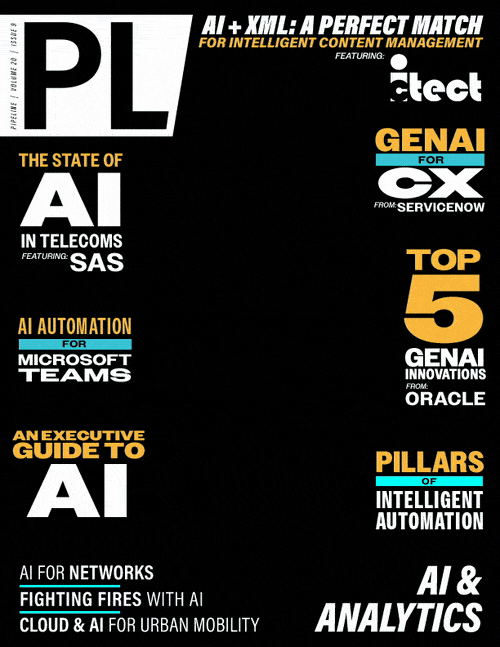Reimagining How Cities Can Leverage Cloud
AI Platforms For Urban Mobility Solutions
Taking a Control Tower Approach
It may be beneficial to think of this approach as a car-specific version of an air traffic control tower. Even though many different brands, sizes, and shapes of vehicles are used for air travel, air traffic control is still necessary to direct them safely from gate to gate both on the ground and in the air. Both scheduled and on-demand services are offered by commercial airlines and private aircraft, respectively. Air traffic controllers receive service requests from service providers with directions for the vehicles and pilots, including where to go, when they can go there, and which route to take. Service providers submit their reservations or flights with scheduled departure and arrival times.
On the ground, a similar cloud-based “control tower” technology platform can be used to systematically view each mobility provider (car, bus, rail, etc.) and assign signals to each so that they all move in constant harmony and rhythm with each other.
Key to this platform is the integration of traffic signals and intersections with the flow of traffic, which of course changes based on events, work hour vehicle demand, weather patterns, or emergency situations, such as the prioritization of emergency response vehicles that need to move freely through certain corridors to get to injured people or a fire. Much of this is already in use in several cities across the U.S., and all driven by AI.
How AI Improves the Flow of Traffic for Everyone
AI promises to streamline traffic flow and reduce congestion for many of today’s busiest roadways and thoroughfares. Smart traffic light systems and the cloud technology platforms they operate on are now designed to manage and predict traffic more efficiently, which can save a lot of money and create more efficiencies not only for the cities themselves, but for individuals also. AI and machine learning today can process highly complex data and traffic trends and suggest optimum routing for drivers in real-time based on specific traffic conditions. By integrating everyone’s real-time routing information, cloud-based traffic management systems can now optimize traffic light timing to the true needs of traffic.
Today’s recognition algorithms offer enhanced insight on the mix of density, traffic, and overall rate of flow. Furthermore, these optimized algorithms can leverage data points by region resulting in a streamline pattern to reduce traffic problems while redistributing flow more optimally. Municipal traffic management systems can then make better decisions, and the control system has a much higher degree of failure tolerance as was previously demonstrated in legacy hub-and-spoke systems.
Enabling Smarter Commercial Transportation Systems
ITS and TSP technologies also represent a unique, advantageous approach to improving the efficiency of commercial vehicle fleet operations. The control tower approach can enhance delivery times, reduce fuel consumption and emissions, improve safety, and optimize route planning. In doing so, these technologies can significantly contribute to a more efficient and sustainable commercial infrastructure for cities. As urban areas continue to grow and evolve, the adoption of ITS and TSP will be crucial in meeting the demands of modern logistics and ensuring the smooth flow of goods and services.
The combination of AI, machine learning, and cloud-based technology has great potential to not only improve the throughput of signalized intersections but reimagine it altogether. This advanced technology is already in use with transit agencies and emergency first responders where it is demonstrating a connected, coordinated future between GPS, navigational apps, connected autos, and even taxi and ride-sharing services, to efficiently combine mobility data into a traffic control system based on real-time information.



















